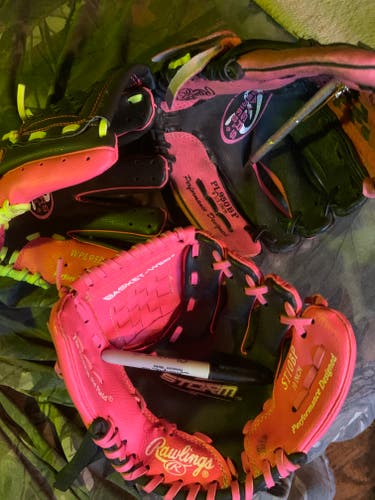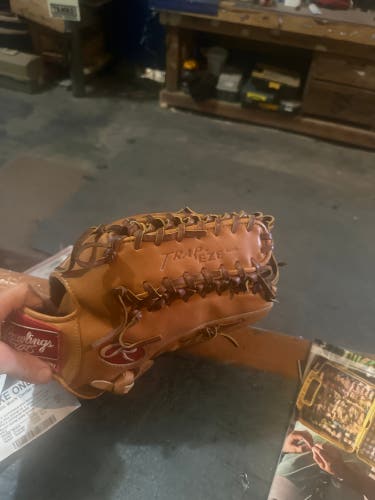Baseball Gloves & Mitts
Popular Baseball Gloves & Mitts
See more Popular Baseball Gloves & Mitts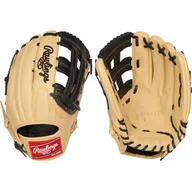
Rawlings Gold Glove Elite
55 Available

Rawlings Pro Preferred
175 Available
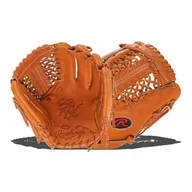
Rawlings Heart of the Hide
733 Available

Wilson A2000
976 Available
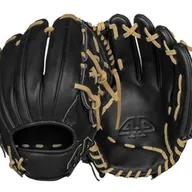
44 Pro Signature Series
21 Available
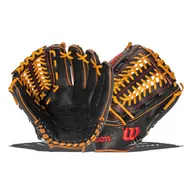
Wilson A2K
219 Available

Rawlings Highlight Series
63 Available
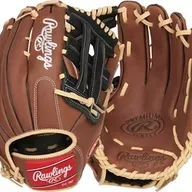
Rawlings Premium Series
42 Available

Rawlings Renegade
69 Available
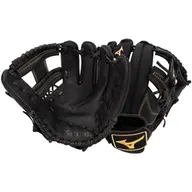
Mizuno MVP Prime
26 Available
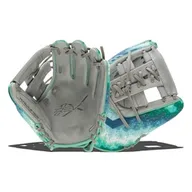
Rawlings REV1X
129 Available
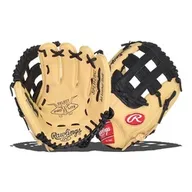
Rawlings Select Pro Lite
42 Available

Wilson A2000 1786
59 Available
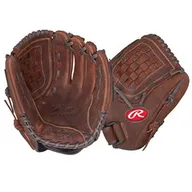
Rawlings Player Preferred
42 Available

Mizuno Franchise
19 Available
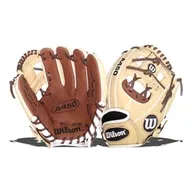
Wilson A450
21 Available
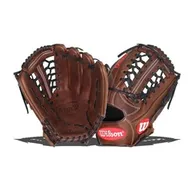
Wilson A1000
77 Available
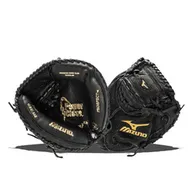
Mizuno Prospect
54 Available

Rawlings R9
96 Available
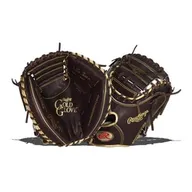
Rawlings Gold Glove
32 Available

Mizuno Pro
56 Available

Marucci Capitol Series
34 Available
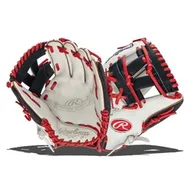
Rawlings Mark of a Pro
23 Available
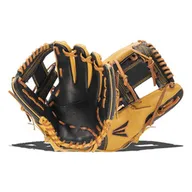
Easton Professional Series
20 Available

Wilson A700
17 Available

Rawlings Playmaker Series
25 Available

Wilson Staff
34 Available

Marucci Cypress Series
32 Available
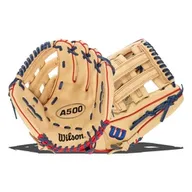
Wilson A500
48 Available
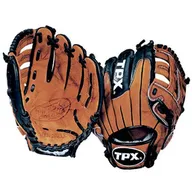
Louisville Slugger TPX
13 Available

Mizuno Pro Select
30 Available
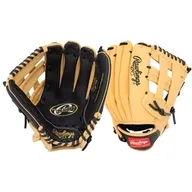
Rawlings Player series
109 Available

Other Pro series
27 Available
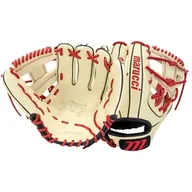
Marucci Oxbow
33 Available

Rawlings Sure Catch
39 Available
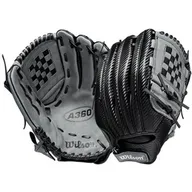
Wilson A360
59 Available

Franklin RTP
59 Available

Franklin Fieldmaster
43 Available
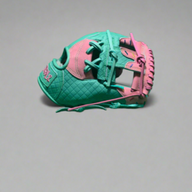
Turn2 Frosted Elite
24 Available

Other JL Glove Co
24 Available
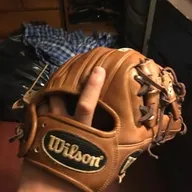
Wilson A200
24 Available
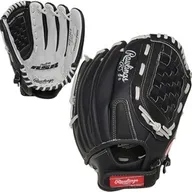
Rawlings RSB
24 Available
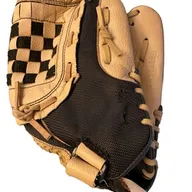
Adidas Easy Close
18 Available
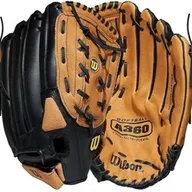
Wilson Elite Series
12 Available
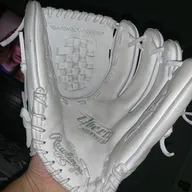
Rawlings Liberty advanced
14 Available

Wilson A2000 B2
19 Available
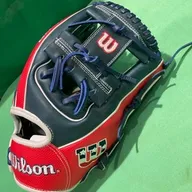
Wilson A2000 1975
14 Available
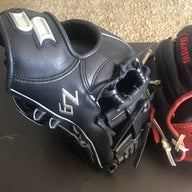
SSK z9
12 Available

Wilson A900
9 Available
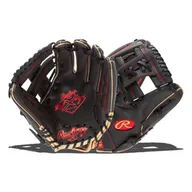
Rawlings NXT
23 Available
Trending Baseball Gloves
See more
Bsbl_chase11
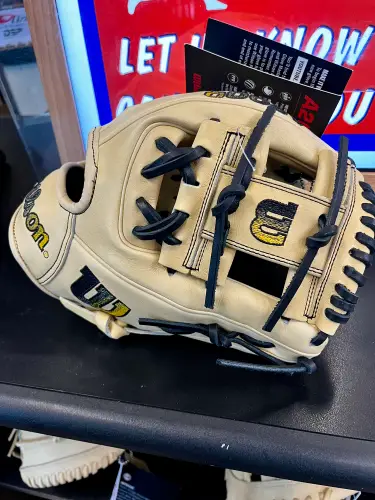
ProtechProducts
NEW/BLEMMED 2023 Wilson A2000 1786 11.5" Infield Glove RHT WBW100969115 ►2-DAY SHIP◄
$175
Retail price: $300
edemayo

smuntz11

Angelm2121

GreatLakeSports

fritzgenther

dawells1110

Jam11
2024 Rawlings Right Hand Throw First Base Heart of the Hide Baseball Glove 12.5" (New)
$200
Retail price: $250
Kaden2008
Shop by Glove Position
Infield Baseball Gloves & MittsInfieldOutfield Baseball Gloves & MittsOutfieldPitcher's Baseball Gloves & MittsPitcherCatcher's Baseball MittsCatcherFirst Base Baseball Gloves & MittsFirst Base
4,398 Results

Coltonshaver129
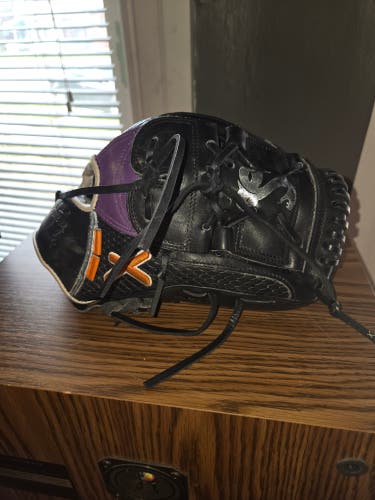
Renkenstein23

IsellYouBuy22

HenryLind

IsellYouBuy22

Colbym888

laxgoalie001

Vamezquita

rbarbella
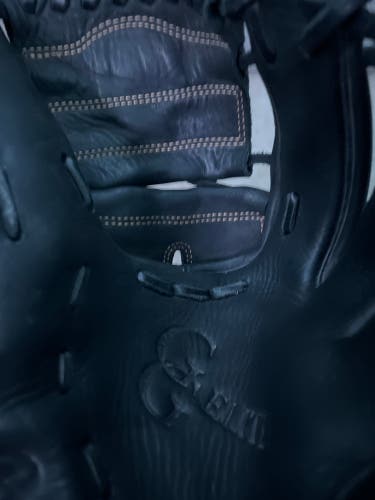
dpobrien9
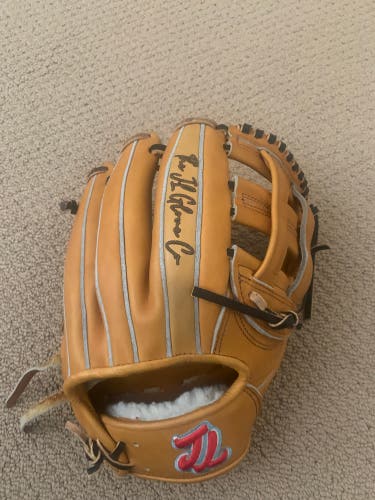
Kbbaseball
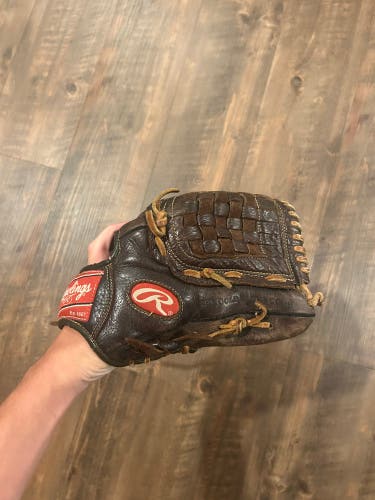
Jack2564

B_BATS
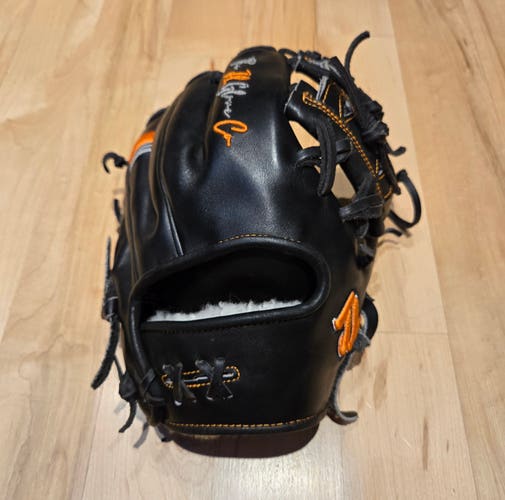
MikeJepson

Yanni0828

Kjundt49er
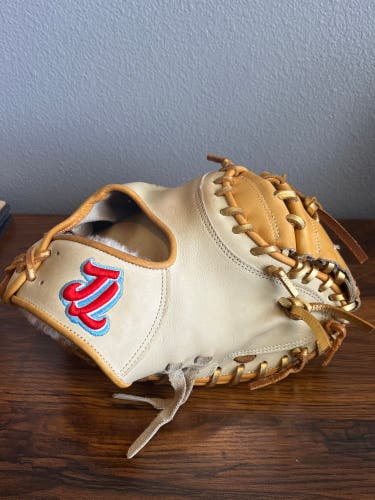
CCarter073
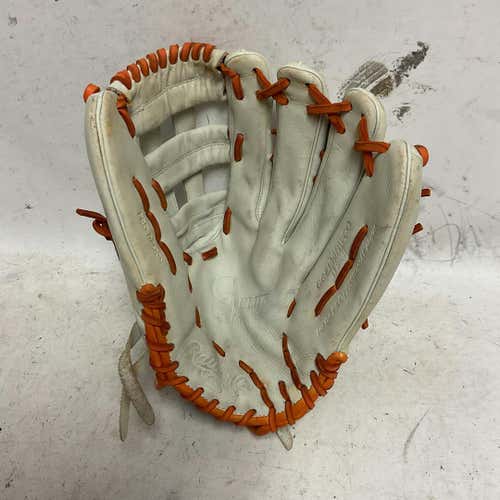
PIAS_MADISON

Second2NunnBsbl
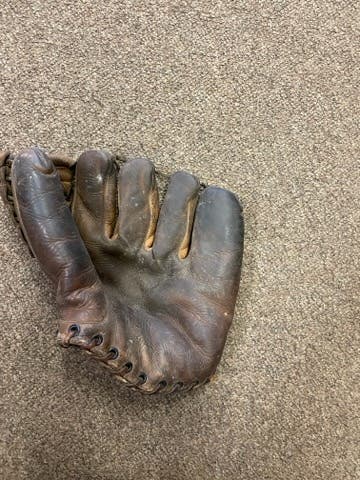
Deepcreek

Rvandy1253
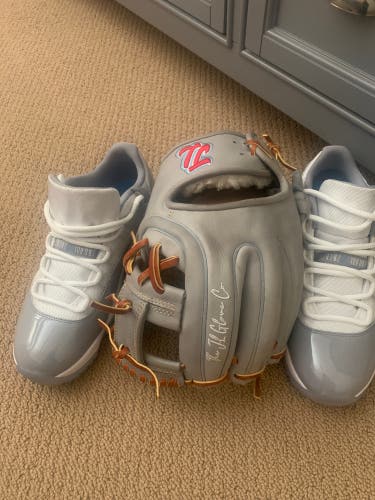
Kbbaseball
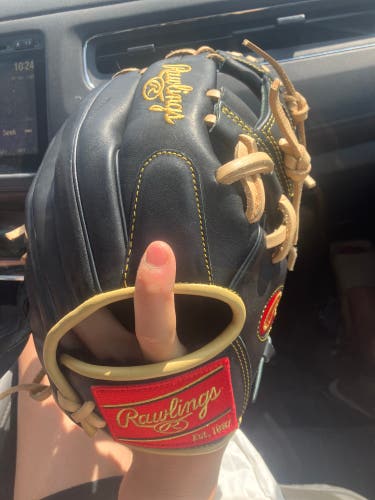
Speache1
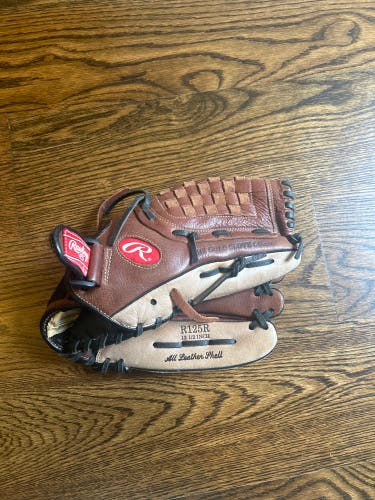
Chasecarpenter7
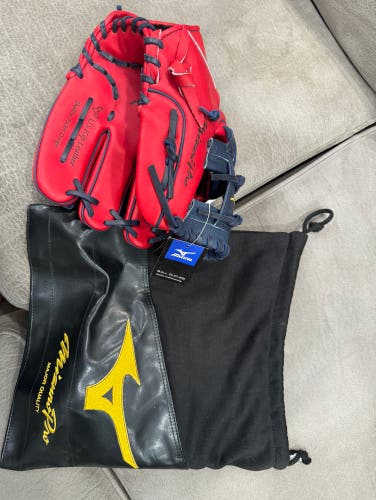
sbisson12
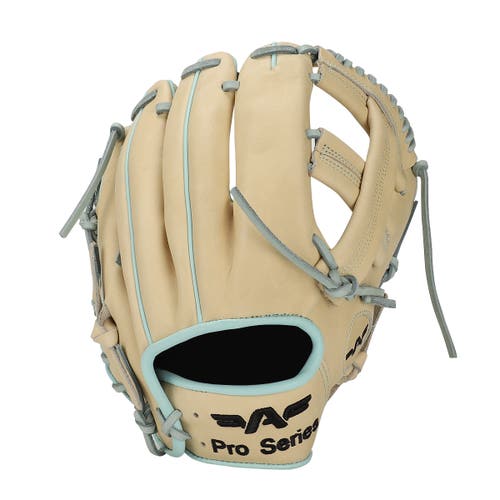
coachfrancisco
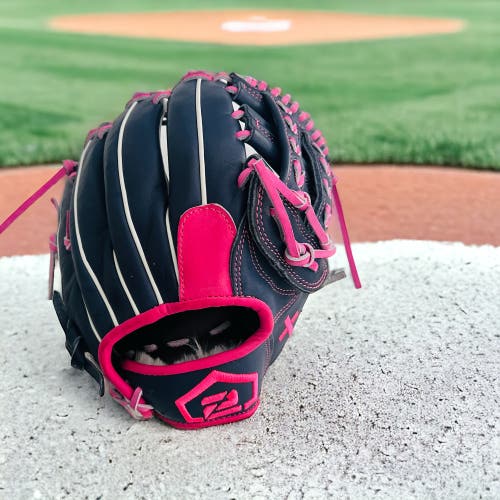
CoadyBolles

tristana420
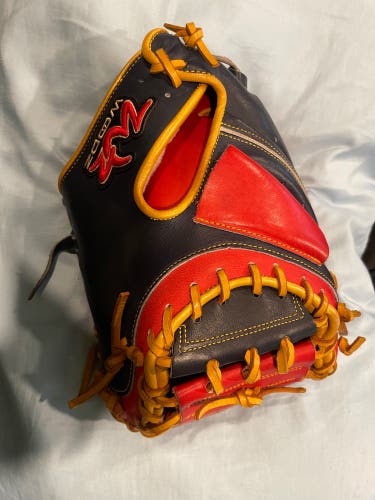
Timmysitzman

PWLegends
Related Articles
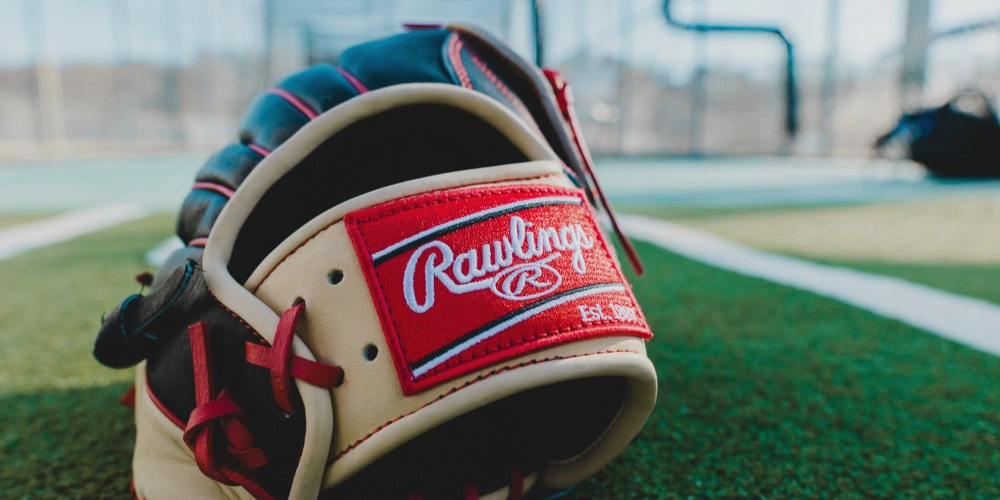
How to Break In Your Baseball Glove
Congratulations! You’ve just bought a brand new baseball glove, which is a great investment in your baseball career. Now, it’s your duty to take care of this investment.
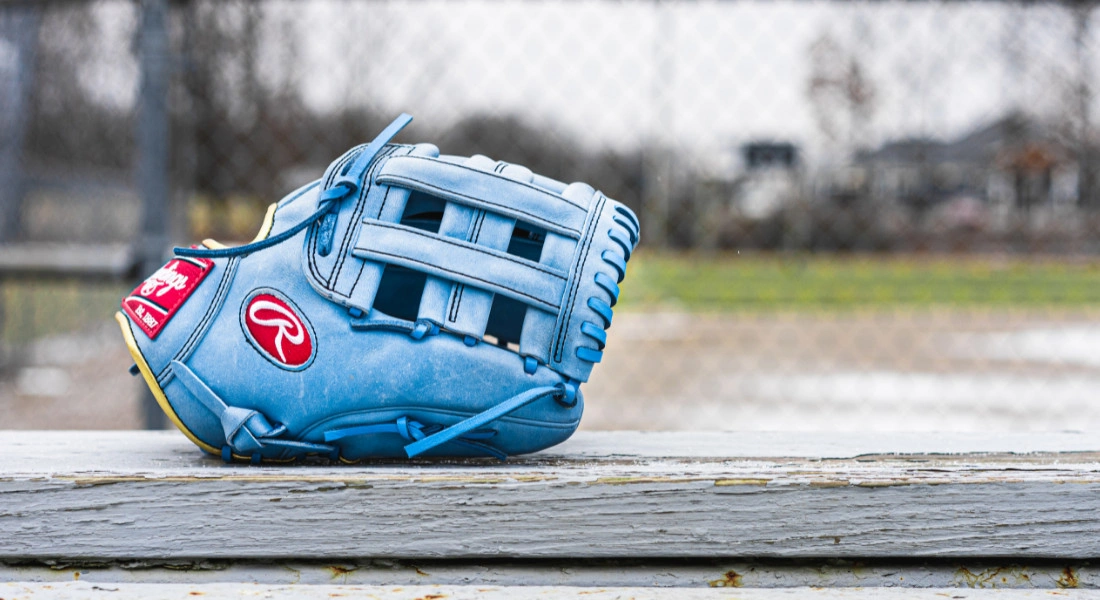
Guide to Baseball Glove Types and Styles
While deciding to get a glove is easy, the choice of which glove to buy can be overwhelming.
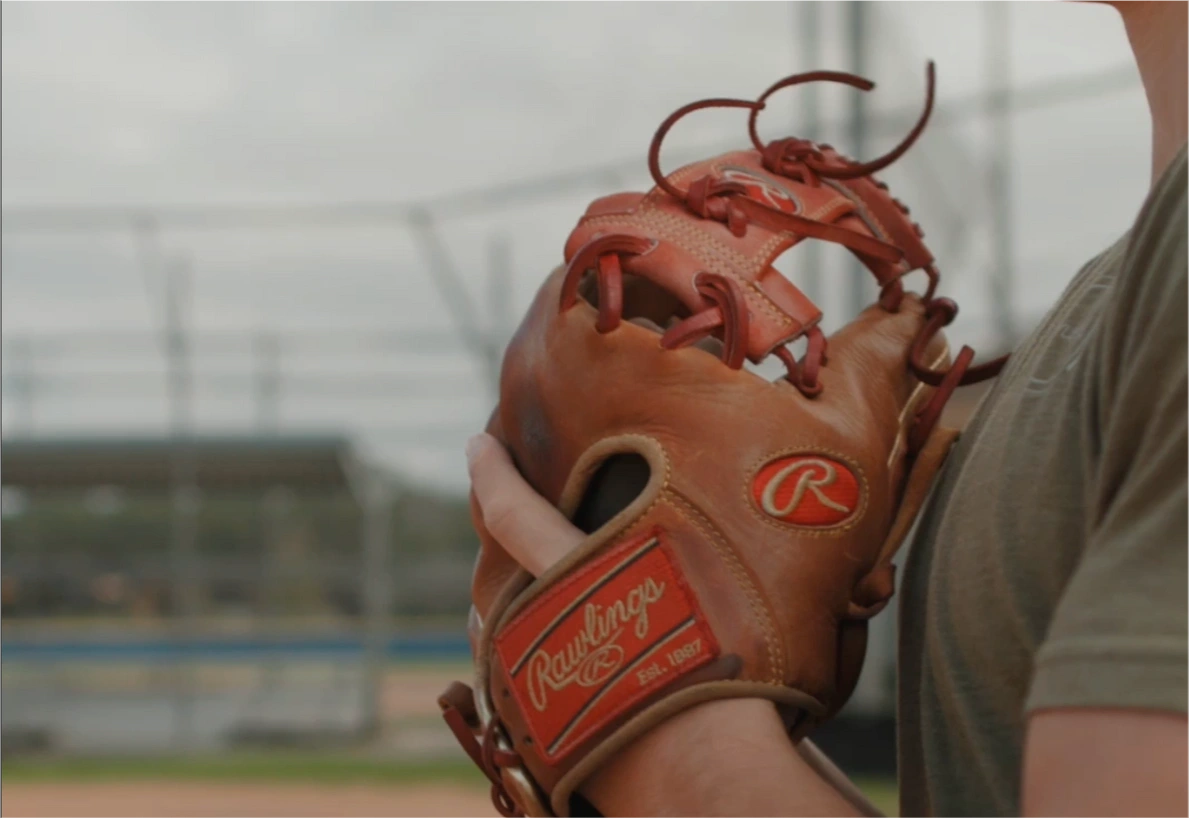
Caring for a Baseball Glove
There are many ways to prolong the lifespan of a baseball glove. Our glove expert breaks down a few of the most popular.


